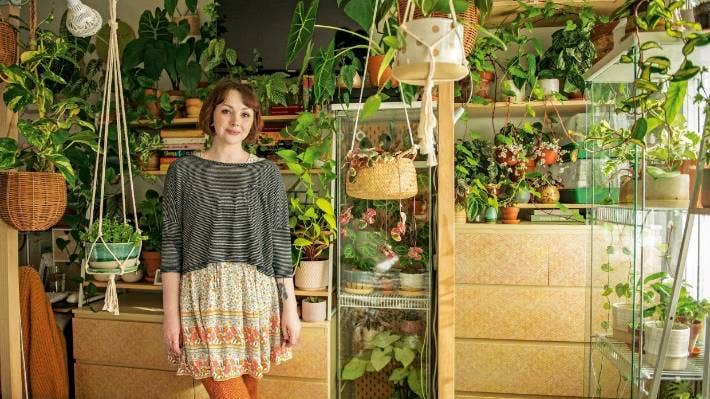Plant engendering can be a magnificently compensating movement. You can enjoy extraordinary realizing you played a part in a delightful plant beginning to end. Plant engendering should be possible either physically or agamic ally. In any case, to effectively help a plant develop and foster you ought to have essentially a fundamental comprehension of cultivation. Plants are isolated into two essential free classes: angiosperms and gymnosperms. The first of these, angiosperms, are the plants that bear blossoms and the leaves are either dicots or monocots. Dicot leaves are those you see on considerable number plants, for example, roses, oak trees or tomatoes, and so on. The veins on dicots are gotten and their seeds have two cotyledons which are the early stage seed leaves currently present in the seed yet not the genuine leaves that grow later. Monocot leaves have veins that run lined up with one another along the length of the leaf and have just a single cotyledon. These are the leaves you see on grasses, irises or cannas, and so forth. Monocots and dicots additionally contrast in their root structures.

Gymnosperms bear cones rather than blossoms and have straightforward leaves like needles, for example, on pine or cypress trees. Furthermore, plants can be characterized by their developing season, i.e., how long does it require for a plant to carry on with its finished life cycle? A developing season is for the most part the timeframe in which you can grow a plant. Factors that influence while you’re developing season happens are environment, rise, light hours, precipitation and temperature a total life pattern of a plant is from the germination of the Plant Collector Dublin to the creation of another seed followed by the passing of the plant. Remember that a daily existence cycle isn’t equivalent to a schedule year. There are three life cycle classifications: yearly, biennial and lasting.
Annuals carry on with their life cycle in one developing season. Here in focal Texas I put out my tomatoes in spring and when our midyear heat shows up and we hit triple digits they will have gone to seed they could do without temperatures more than 95 degrees so I haul them out. Then, at that point, I put out new seeds in July and contingent upon our climate they can go on until November. So I can get two developing seasons in a single year. Those of you in colder environments will just get one without a nursery however your spring plantings might endure well into summer. Impatiens gets put out after the last ice and will go on until the following ice. Biennials start from seeds and keep going for two seasons. In their most memorable season they will create vegetative designs and food stockpiling organs. Utilizing the well-known Texas biennial, bluebonnets, for instance, the seeds are put out in October and by winter first season you will see an evergreen group of leaves or a rosette near the ground. In spring second season they blossom and following half a month they go to seed and kick the bucket. The seeds from those plants will begin the cycle again the accompanying fall/winter.